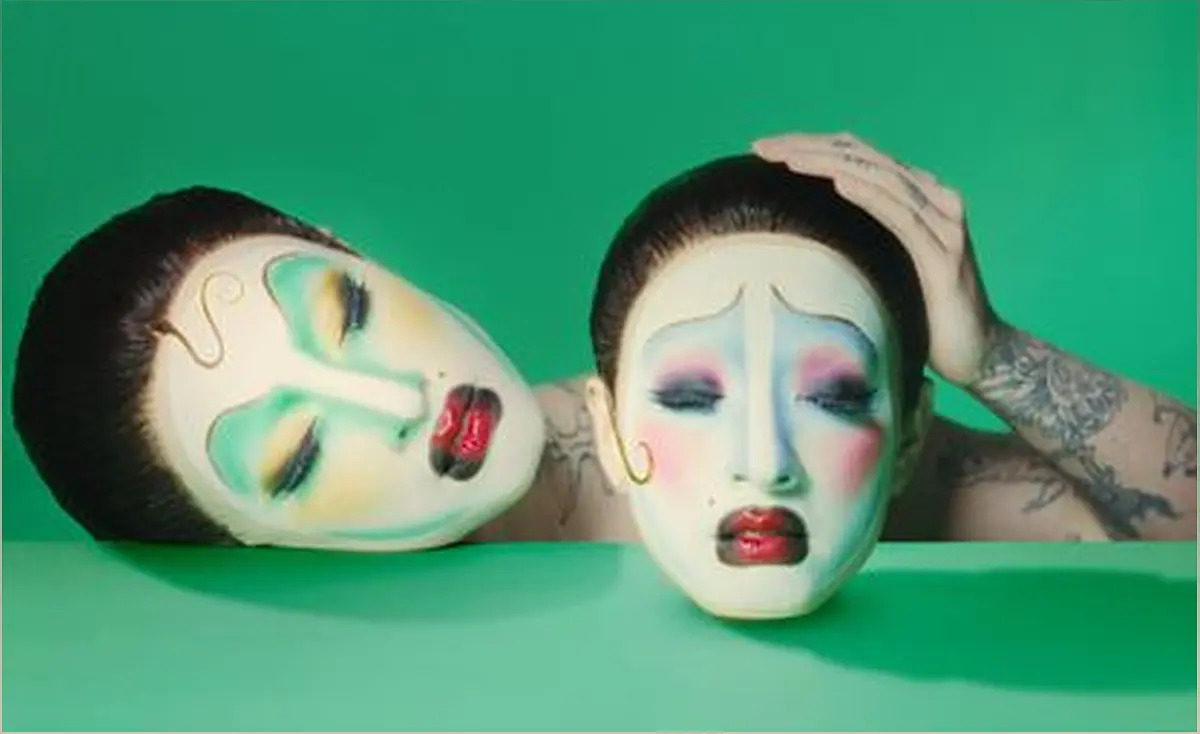Step into the realm of Sin Wai Kin's exhibition at London's Soft Opening gallery, where the boundaries between reality and fantasy blur. In this article, we will embark on a journey through Sin's moving image character portraits, each representing a different concept rooted in the rich traditions of Cantonese and Peking Opera. Join me, Jennifer Scott, as we explore the intricate relationship between storytelling, art history, and the construction of the self.
The Power of Storytelling
Explore the captivating art of storytelling and its ability to shape our perception of reality.
Storytelling has always played a vital role in human culture, transcending time and borders. Sin Wai Kin's exhibition takes this age-old tradition and breathes new life into it through their moving image character portraits. These portraits serve as portals into a fantasy narrative, inviting viewers to immerse themselves in a world where stories come to life.
By delving into the act of storytelling, Sin Wai Kin highlights its profound impact on our understanding of history and art. They challenge dominant narratives and offer alternative perspectives, questioning the construction of the self and the relationship between the author and the subject.
The Intersection of Art and History
Discover how Sin Wai Kin weaves their characters into the tapestry of art history, creating a dialogue between the past and the present.
Art history serves as the backdrop for Sin Wai Kin's characters, as they reimagine and reinterpret traditional storytelling strands. By integrating their figures into existing art historical works, they make the relationship between the author and the subject explicit. This exploration challenges the notion of art as a neutral space and reveals the performative nature of the art world.
Through their artistic practice, Sin Wai Kin aims to dismantle dominant narratives and offer new possibilities. Each character represents a different area of research or binary, inviting viewers to question their own relationship to their context. The exhibition serves as a visual meditation on these themes, blurring the boundaries between reality and imagination.
The Chroma-Green Room: Context and Individuality
Step into the chroma-green room and explore the binary of individual and context in Sin Wai Kin's works.
The second space of the exhibition is bathed in a chroma-green hue, reminiscent of a film studio or a backstage green room. Here, faceless busts confront the viewer, symbolizing the interplay between individuality and context. Sin Wai Kin's choice of chroma green highlights the reflection of individuals within their surroundings, emphasizing that they are both products of and inseparable from their environment.
By shooting their works on a green screen, Sin Wai Kin reveals the means of construction and invites infinite possibilities in the relationship between the subject and context. As viewers enter this room, they are invited to question their own role as performers and the influence of their surroundings on their identity.
Silent Films: A Visual Journey
Experience the mesmerizing silent films that reference famous artworks, bringing them to life in a new and captivating way.
The exhibition features a series of silent films that play on an endless loop, each referencing a renowned artwork. Sin Wai Kin presents these films on screens that mimic the size of the referenced artworks, blurring the boundaries between film and painting. The white theatrical curtains behind the screens allude to the traditional white cube art space, challenging its perceived neutrality.
Through these films, Sin Wai Kin invites viewers to explore the emotional impact of art and its ability to transcend time and medium. The immersive experience of watching these films creates a bridge between the past and the present, breathing new life into familiar masterpieces.

